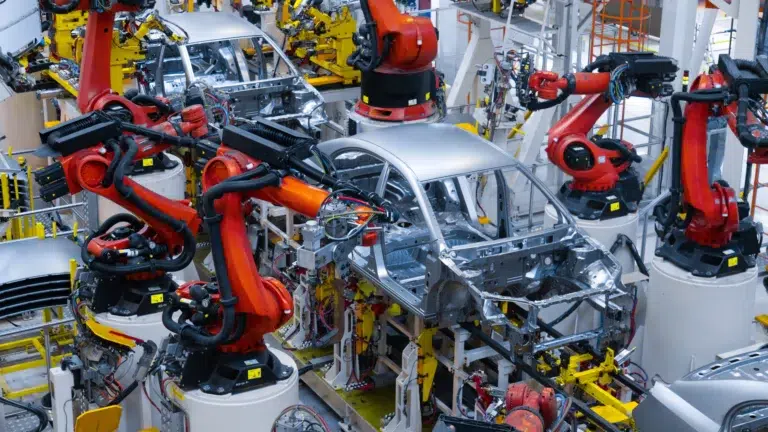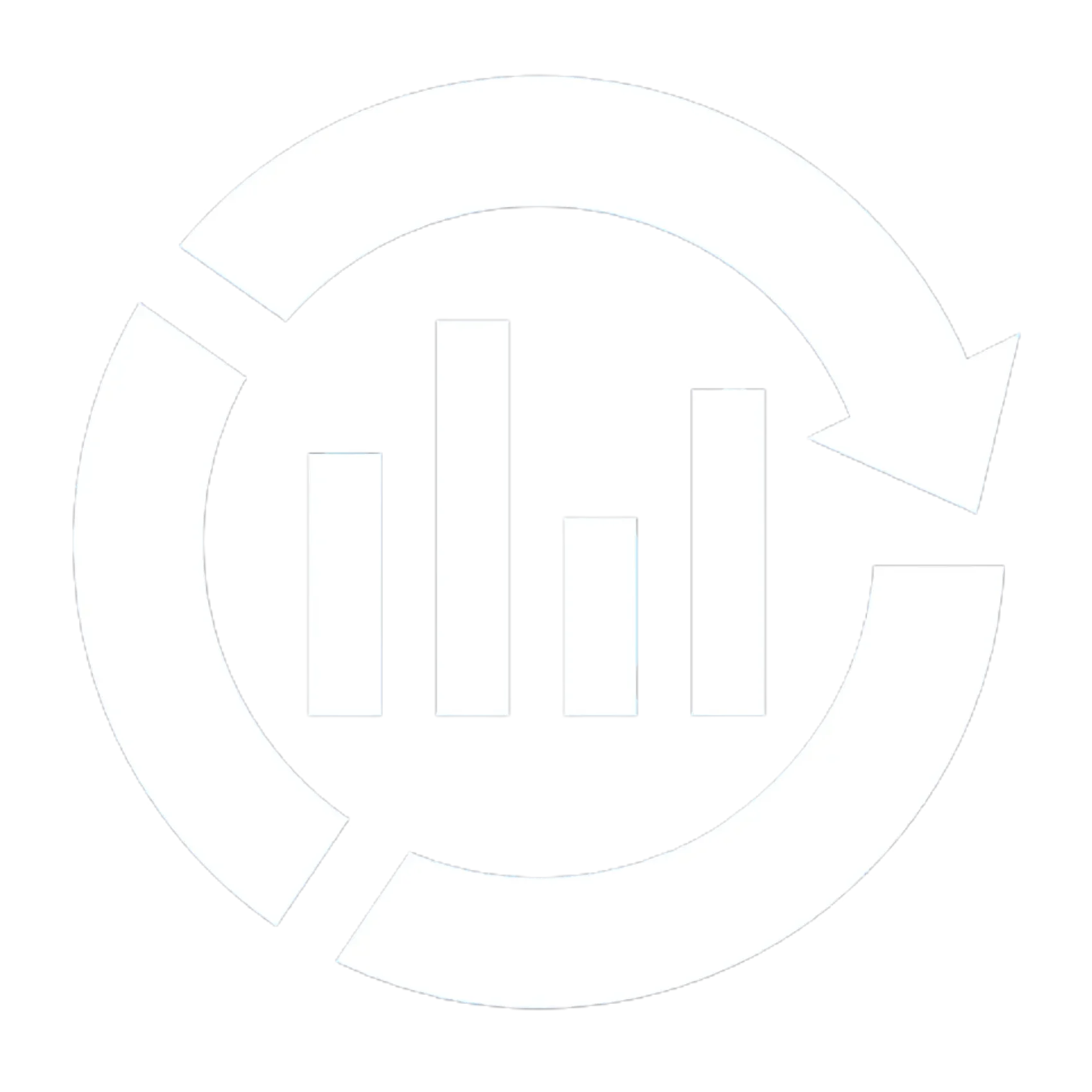As supply chains become faster, smarter, and more global, one silent disruptor continues to cause chaos behind the scenes: inconsistent inventory data.
Think about it—different product names, duplicate SKUs, mismatched units of measure, and disconnected systems. Now multiply that across thousands of items, multiple warehouses, and dozens of suppliers. Without standardization, your entire operation starts running on guesswork instead of precision.
That’s where inventory standardization steps in.
What is Inventory Standardization?
Inventory standardization refers to the process of organizing, naming, categorizing, and codifying inventory in a consistent and structured way across the entire supply chain. It ensures that every product, part, or raw material is recorded and managed using the same format, naming convention, units of measure, and classification system—regardless of location, supplier, or internal department.
In simpler terms, it’s about making sure that everyone in the supply chain is speaking the same language when it comes to inventory.
Note: Use the Inventory Standardization Decision Tool to determine whether standardizing your product is the right choice for your business, or if maintaining variety would better meet your operational and customer needs.
Inventory Standardization Decision Tool
Disclaimer: This tool is for informational purposes only. The results are based on your inputs and we are not responsible for any business decisions taken based on these results.
Example: Before vs. After Standardization
Let’s say your company stocks the same type of product — a “500ml plastic bottle” — but it’s listed like this across different systems:
Bottle_500ml500 ml bottlePlastic_Bottle-500PB_500ML
Now imagine trying to forecast demand or reorder stock. These duplicates can inflate inventory counts, mess up analytics, and create chaos in procurement.
Once standardized, all systems would recognize it as a single SKU — say, PLB_500ML.
One item. One identity. Full clarity.
Inventory Standardization vs. SKU Optimization: What’s the Difference?
While they sound similar, they solve different problems:
| Feature | Inventory Standardization | SKU Optimization |
|---|---|---|
| Focus | Uniform naming and classification | Removing unnecessary SKUs |
| Goal | Consistency across systems | Efficiency in SKU portfolio |
| Tools Used | Master data governance, ERP, classification logic | ABC analysis, demand patterns, contribution analysis |
| Outcome | Better data accuracy and interoperability | Leaner, more profitable inventory |
In fact, SKU optimization usually comes after you’ve standardized inventory. You can’t cut redundant SKUs if you can’t even identify them in the first place.
The Benefits of Inventory Standardization
Let’s start by exploring some of the key benefits:
1. Reduced Procurement Costs
By minimizing product or component variety, businesses can leverage bulk purchasing. With fewer unique items to source, you can negotiate better rates with suppliers, reduce minimum order quantities, and streamline the sourcing process.
Real-World Example:
An automotive manufacturer standardized the variety of fasteners used in assembly. By reducing the number of bolt types, they cut procurement costs by 15%, buying larger volumes from fewer suppliers and securing better discounts.

2. Improved Operational Efficiency
A leaner SKU portfolio simplifies warehouse operations. Fewer product types make it easier for warehouse teams to pick, pack, and ship orders accurately and quickly. This not only reduces errors but also speeds up fulfillment and improves service levels.
Example from Retail:
A leading electronics retailer simplified its inventory by reducing SKU variety for phone chargers and cases by 30%. This move led to a 20% reduction in picking errors and a 15% improvement in fulfillment times.
3. Lower Holding Costs
Every extra SKU adds to storage, insurance, and obsolescence risk. Standardized inventory helps cut down on slow-moving stock and unused materials—leading to lower carrying costs and more efficient use of warehouse space.
Statistical Insight:
According to McKinsey, companies that standardize their inventory can reduce holding costs by up to 20%, thanks to fewer items needing storage and management.
To understand more about inventory costs, also read: How to Account for the Hidden or Indirect Inventory Carrying Cost?
4. Better Forecast Accuracy
When your SKU list is clean and simplified, demand forecasting becomes easier and more accurate. You can track trends, seasonality, and reorder points with greater precision, which helps reduce both stockouts and overproduction.
Real-World Example:
A beverage company standardized its bottle packaging, cutting SKU variety by 40%. As a result, their forecasting accuracy improved by 30%, allowing them to better meet customer demand without overproducing.
To understand more about Demand forecassting, also read: Planning and Demand Forecasting in Supply Chain Analytics
Challenges of Inventory Standardization
While inventory standardization brings many benefits, there are challenges that businesses need to navigate carefully.
1. Risk of Stockouts for Niche Products
Reducing product variety can mean eliminating SKUs that appeal to niche markets. If you're not careful, this can lead to stockouts of specialized items, which may frustrate loyal customers and result in lost sales.
Example from Consumer Goods:
A home improvement retailer cut back its range of paint colors by 30%. While this helped streamline operations, it also led to a 5% drop in sales, as some customers couldn’t find the shades they wanted.
2. Customer Satisfaction Trade-Offs
Standardization often means offering fewer choices to customers. While this can simplify your operations, it may compromise customer satisfaction—especially in industries where customization and variety are key selling points.
Real-World Example:
A luxury car brand standardized its interior materials across its models to cut costs. However, customers, who valued the previously customizable options, weren’t happy. This led to a 7% decline in customer satisfaction, forcing the brand to bring back some customization options.
3. Supplier Dependency and Risk
When businesses standardize, they often rely on a smaller pool of suppliers. This can increase the risk of supply chain disruptions if those suppliers face issues like production delays or natural disasters.
Industry Insight:
A report by PwC found that companies relying on fewer suppliers due to inventory standardization face a 25% higher risk of supply chain disruptions during crises.
4. Less Flexibility in Responding to Market Changes
Standardization can make it harder to respond quickly to market changes or evolving customer preferences. If the market shifts and your product range is too rigid, your business might struggle to keep up with new trends or demands.
Example from Fashion:
A fashion retailer that standardized its inventory faced challenges when a new seasonal trend emerged. While competitors introduced trendy items, the retailer, with its limited product variety, lost 10% of its market share because it couldn’t quickly adapt.
How Supply Chain Analytics Enables Standardization
Inventory standardization doesn’t happen in a vacuum. It’s analytics that gives it structure, direction, and momentum. By using data intelligently, supply chain teams can identify inconsistencies, streamline SKUs, and build a more agile, responsive inventory system.
Here’s how Supply Chain Analytics makes standardization scalable and strategic:
1. ABC / XYZ / FSN Analysis
These classic inventory classification models are essential to standardization:
- ABC Analysis: Groups items based on value contribution (A = high-value, low-volume)
- XYZ Analysis: Categorizes based on demand variability (X = predictable, Z = erratic)
- FSN Analysis: Focuses on movement speed (F = fast-moving, S = slow-moving, N = non-moving)
Running these models helps businesses:
- Eliminate or merge redundant SKUs
- Focus tracking efforts on high-impact items
- Reduce complexity in forecasting and inventory control
Example:
A pharmaceutical distributor used ABC and FSN analysis to retire 18% of its SKUs. These items had high holding costs but contributed less than 5% of revenue. This led to improved warehouse space and reduced working capital needs.
2. Real-Time Inventory Dashboards
You can’t standardize what you can’t see.
Real-time dashboards built with tools like Power BI, Tableau, or ERP integrations help supply chain teams monitor inventory across SKUs, warehouses, and vendors. They offer a centralized view to detect:
- Duplicated or inconsistently named SKUs
- Unit of measure discrepancies
- Inaccurate demand mapping across systems
Key metrics to include:
- Stock levels by SKU
- Inventory turnover rates
- Stock aging reports
- SKU-level revenue and margin contribution
With a single source of truth, teams can act fast — correcting issues before they cause downstream problems in procurement or fulfillment.
3. Root Cause Analysis of Stockouts and Overstock
Analytics enables teams to go beyond symptoms and fix root causes. Instead of asking “Why is this item out of stock?”, the better question becomes “What’s broken in the data or process that caused it?”
Root cause analysis helps uncover:
- Duplicate SKUs leading to scattered stock
- Planning errors due to inconsistent item codes
- Overstock caused by inaccurate safety stock settings
Case study:
A consumer goods company found that 12% of its stockouts were caused by mismatched SKU entries between planning and warehouse systems. Standardization fixed this — resulting in a measurable increase in order fulfillment rate.
Conclusion
Effective supply chain management hinges on reliable inventory data—and that begins with inventory standardization. You’ve seen how standardization cuts costs, streamlines operations, and sets the stage for powerful analytics-driven decision-making.
But benefits only arrive when analytics enable action. The right classification models, dashboards, and root cause analysis tools help you turn clean data into lasting organizational change. And yes, the process has its challenges—from legacy systems to resistance—but structured approaches make adoption smoother.
Inventory standardization isn’t a one-off project—it’s the backbone of scalable, intelligent supply chain operations. When paired with analytics, it becomes the cornerstone of efficiency, accuracy, and growth.
Key Takeaways:
- Inventory standardization can help reduce procurement, holding, and operational costs, while making your supply chain more efficient.
- The biggest challenges include managing customer satisfaction, staying flexible in a changing market, and avoiding supplier dependencies.
- A balanced approach, considering both standardization and flexibility, is crucial for long-term success.







One Comment